5 Things You Need to Know About Cupid
Cupid is the ancient Roman god of love and the counterpart to the Greek god Eros. It’s him who inspires us to fall in love, write love songs...
Valeria Kumekina 14 June 2024
Michelangelo. Leonardo da Vinci. Pablo Picasso. Georgia O’Keeffe. Rembrandt. The Renaissance. Cubism. Impressionism. More than likely, you have heard some of these terms before. It is a shortlist of the more well-known artists and art movements in art history. These are popular vocabulary terms in Art History 101, if you will. But why are they placed on a pedestal when it comes to what we know? What makes them worthy of our time and study after all these years? The overarching question is, what makes an artwork famous?
A handful of contemporary artists answered this question.
It takes time, sometimes a shovel and sometimes it takes being in the right place at the right time.
Matt Shlian, My Modern Met.
Shlian makes an excellent point here. A lot of things go into making a work of art ‘great.’ It is not always one thing that we are able to pin point. We could spend forever on this question and come up with different answers from our readers all over the world. Thus just a few reasons are listed below.
Art evokes the mystery without which the world would not exist.
René Magritte
Magritte said it best when he made this quote. Many of the best-known artworks hold an air of mystery to them. Think of the Mona Lisa for example. Who is this woman? Why is she smirking? The Renaissance man himself unfortunately is not here to answer these very questions. Therefore, we are left to wonder just what this painting is really trying to tell us, if anything. However it is partially due to that air of mystery that has made the Mona Lisa one of the most famous artworks in the world.
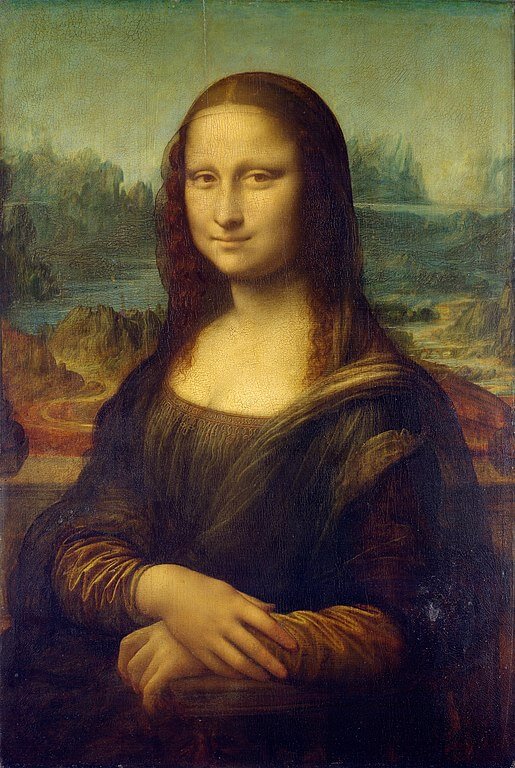
The true use of art is, first, to cultivate the artist’s own spiritual nature.
George Inness
Minnie Evans has her own dedicated article on the DailyArt Magazine site. It is worth mentioning again how her artwork came from a spiritual place. Visions of her work came to her in the form of dreams. The artist said of the spiritual force behind her drawings:
Now if I had been painting life, studying how to make peoples’ faces, maybe I’d have had a teacher…God has sent me a teacher…an angel that stands by me.
Minnie Evans, in The Angel That Stands by Me, 1983, dir. Allie Light, Irving Saraf.
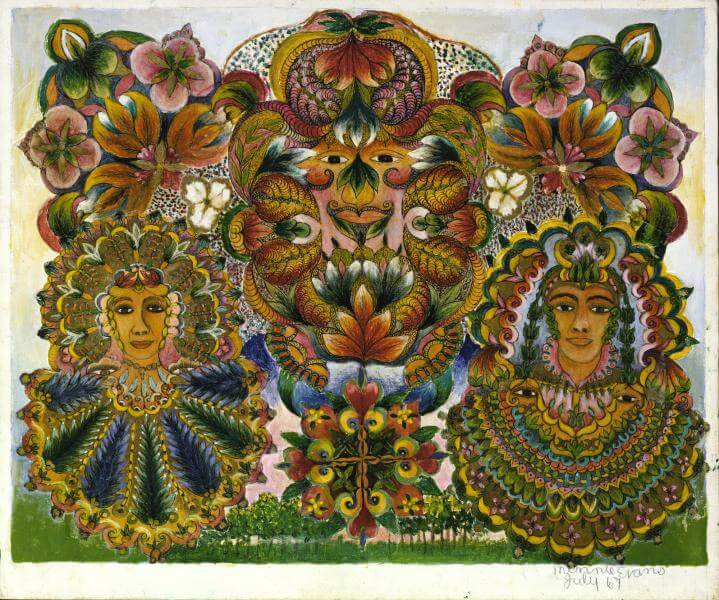
The main thing is to be moved, to love, to hope, to tremble, to live.
Auguste Rodin
Perhaps one of the most emotionally driven eras for an artist was Picasso’s Blue Period (ca. 1901-04). Known as the “Blue Period” because of the color palette he chose to work with, the artist’s paintings did not gain much traction until well after the early 20th century. The blue/blue-green paintings allude to the artist’s bout with depression during this time. What emotions do you see or feel when looking at Picasso’s Blue Period paintings?
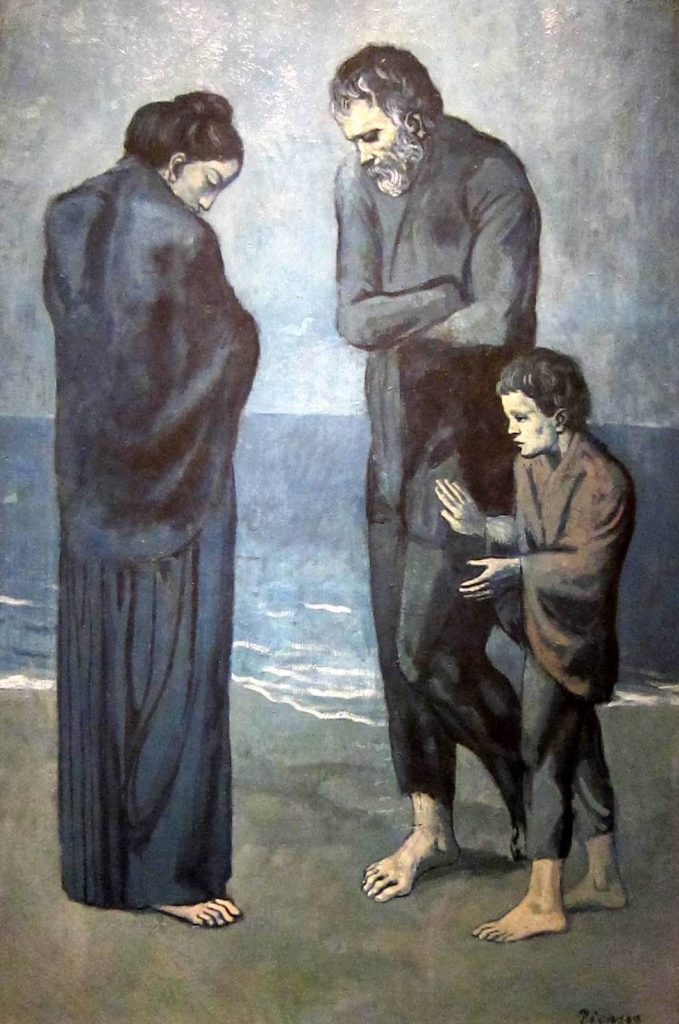
I was the first woman to paint cleanly, and that was the basis of my success. From a hundred pictures, mine will always stand out. And so the galleries began to hang my work in their best rooms, always in the middle, because my painting was attractive. It was precise. It was finished.
Tamara de Lempicka
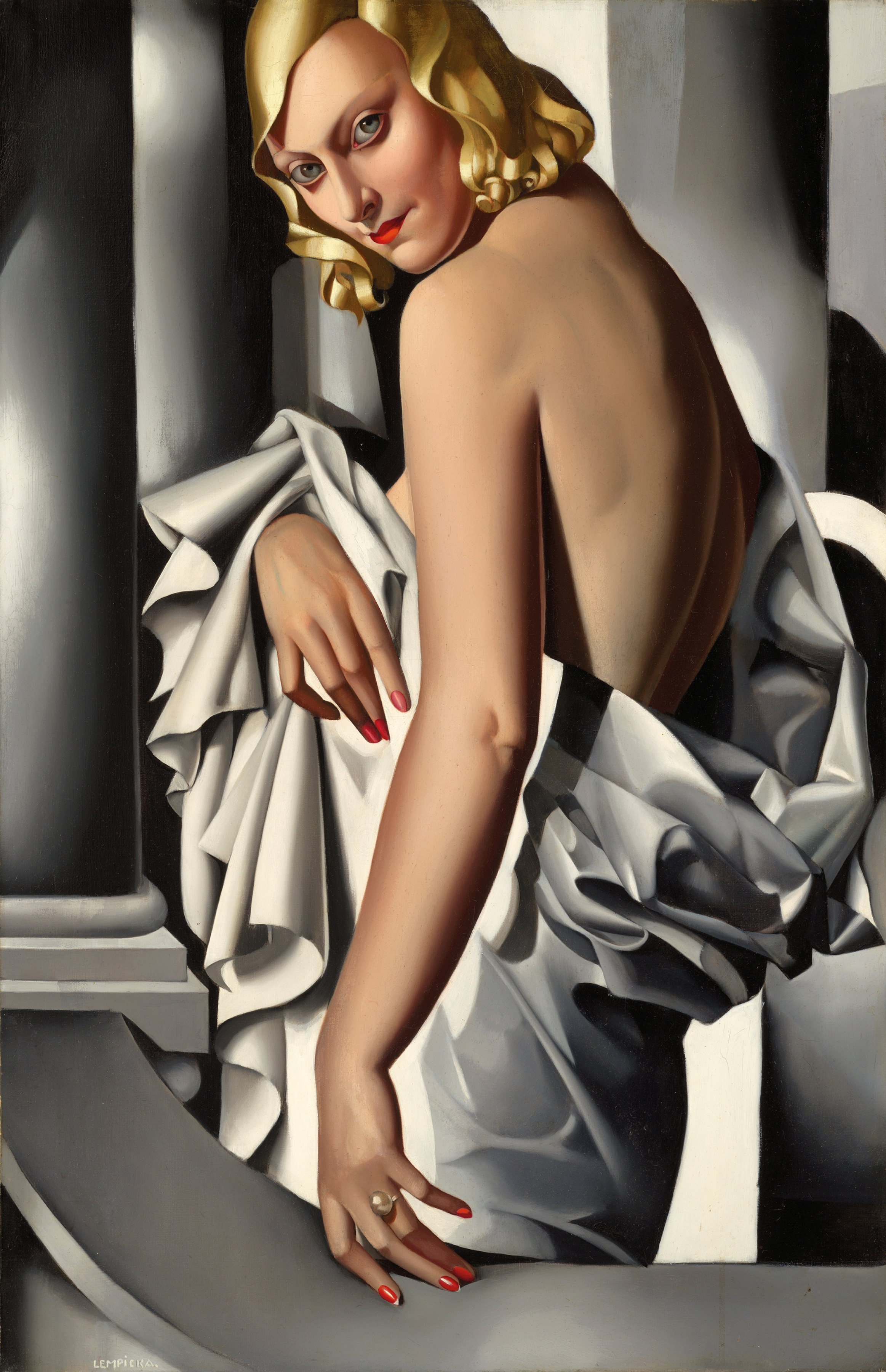
Beauty can be interpreted in many different ways. After all, beauty is in the eye of the beholder. What one person finds aesthetically beautiful may not resonate with another person. That in itself is the beauty of human nature. Lempicka‘s quote hints at that while also determining a few factors to the equation of an ‘attractive’ work of art. Clean. Precise. Finished. But even then, Impressionist paintings are beautiful and they do not contain the clean lines and precise brushstrokes that Lempicka spoke of in her statement. It could be argued that Degas’ ballerinas are some of the most beautiful works of art throughout history. Do the famous ballerinas equate beauty? And does that ‘beauty’ make the artwork famous?
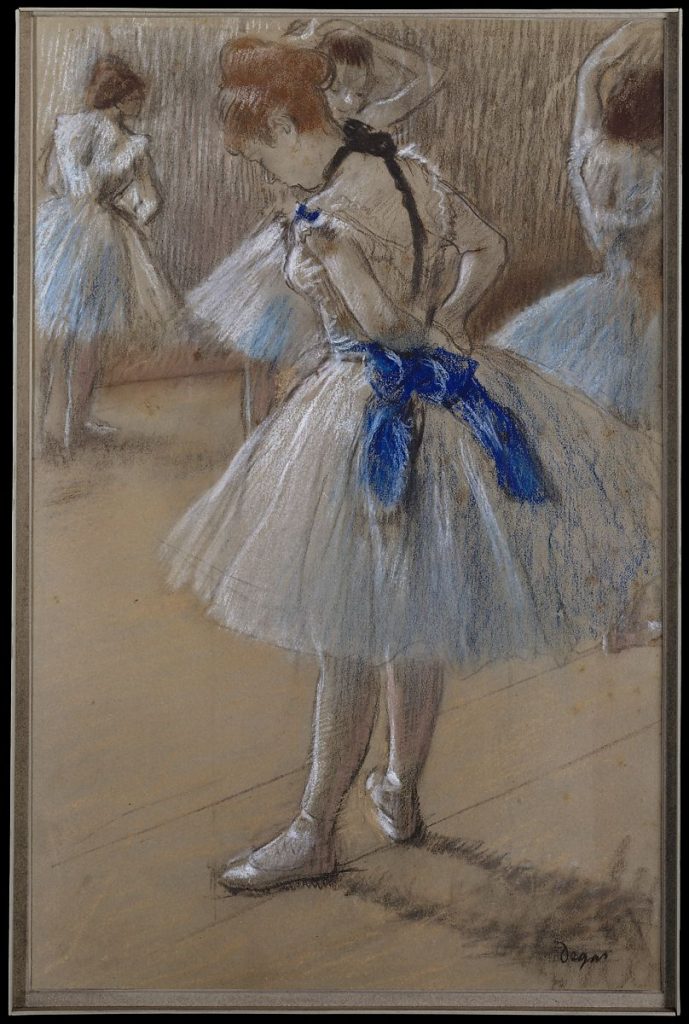
Everything you can imagine is real.
Pablo Picasso
Picasso’s artworks reflect the above quote, do they not? More often than not, one must use their imagination to attempt to interpret a work of art. This comes to mind when viewing Picasso’s Cubist works, especially. As another prime example of imagination, take a look at Salvador Dalí’s The Disintegration of the Persistence of Memory. Just what was the artist painting? This could only come from a truly imaginative mind and it is that use of imagination that makes his paintings, etc. worthy of the title ‘famous.’
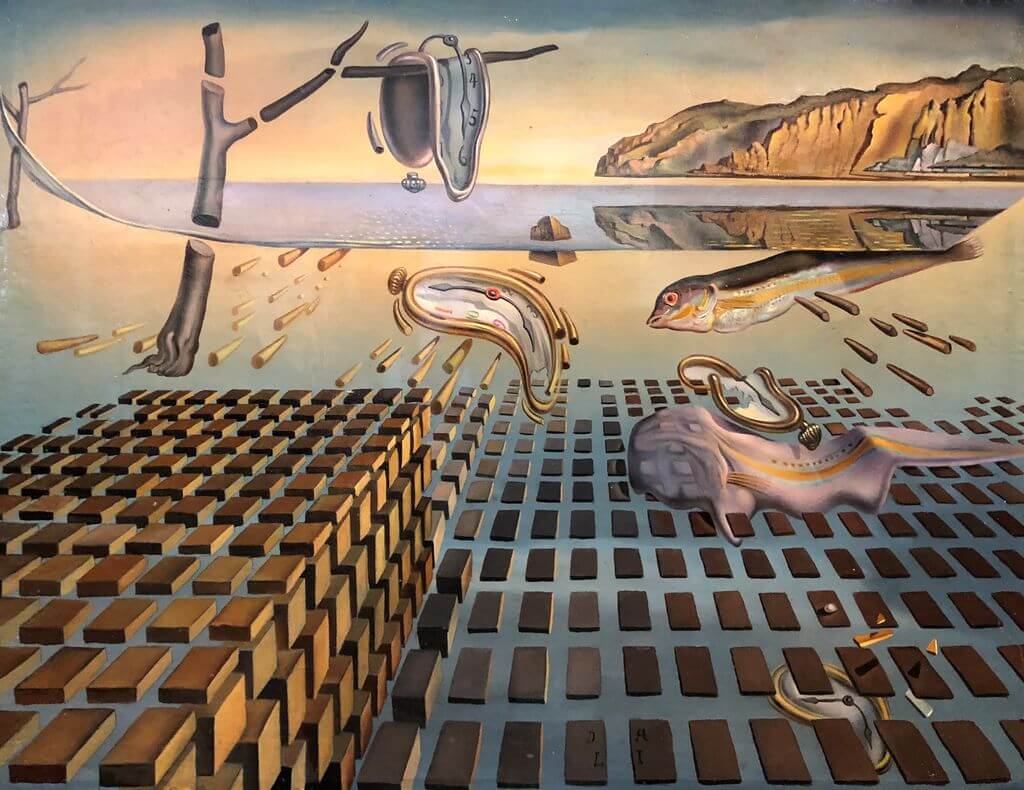
In your opinion, is it one or all of these things that make an artwork famous? What is it about some of your favorite artworks that captures your attention and admiration so fully? Is it Dalí’s overflowing imagination? Is it Degas’ attention to the beautiful details of the 19th century ballerinas? Might art from the Renaissance period be more famous than the work of the Surrealists? The truth of it all is that it is more than likely a number of the things listed above, and more.
Phillips, Renee, Art and Quotes by Famous Artists, The Healing Power of ART & ARTISTS (HPAA).
DailyArt Magazine needs your support. Every contribution, however big or small, is very valuable for our future. Thanks to it, we will be able to sustain and grow the Magazine. Thank you for your help!